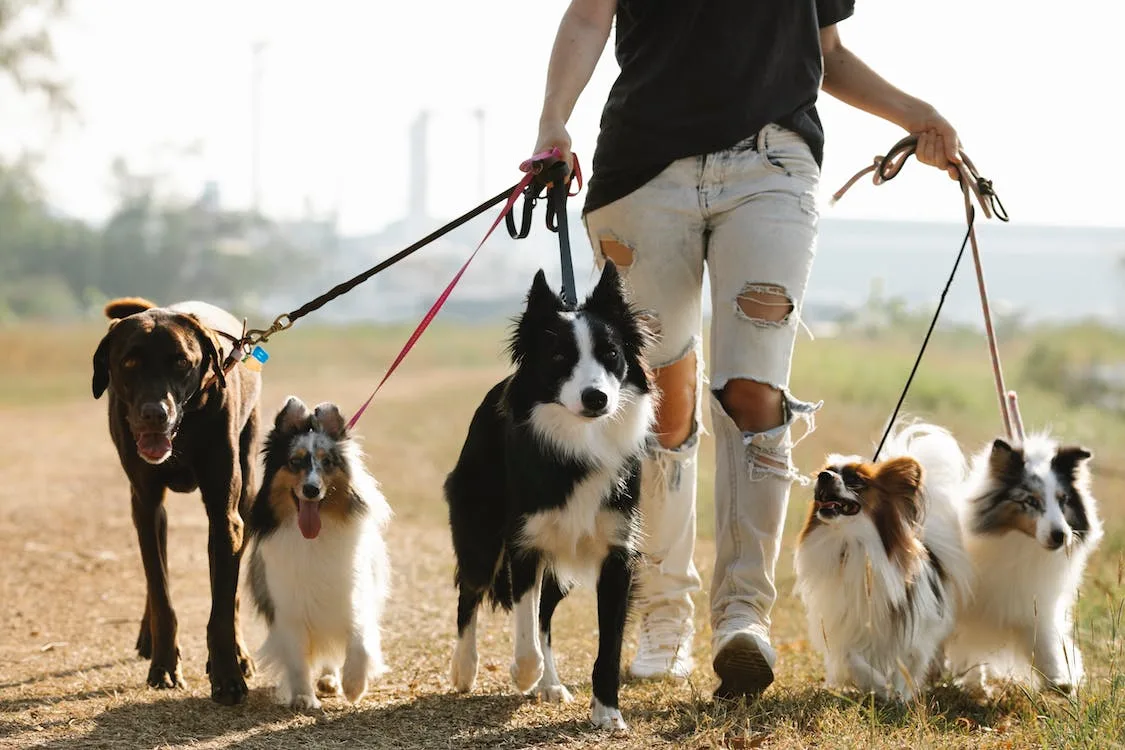Illegal Dog Breeds in New York
Image source: Pexels.com
If you are a dog lover living in New York, you might be wondering what are the rules and regulations regarding dog ownership in the state. You might have heard that some dog breeds are banned or restricted in certain areas, and you might be worried about the legal consequences of owning or adopting a dog of a certain breed. In this blog post, I will explain what are the illegal dog breeds in New York, why they are banned, and what you can do to protect yourself and your furry friend from any trouble.
What are the illegal dog breeds in New York?
There is no statewide law that bans or restricts specific dog breeds in New York. However, some cities and municipalities have their own ordinances that prohibit or regulate certain types of dogs based on their appearance or breed. These laws are known as breed-specific legislation (BSL), and they are intended to reduce dog attacks on humans or other animals by targeting dogs that are perceived as dangerous or aggressive.
The most common breeds that are banned or restricted by BSL
The most common breeds that are banned or restricted by BSL include:
- Pit Bull
- Bullmastiff
- American Staffordshire Terrier
- Belgian Malinois
- Dogo Argentino
- Doberman Pinscher
- Cane Corso
- German Shepherd
- Rottweiler
- Alaskan Malamute
- Siberian Husky
- Presa Canario
- Bull Terrier
- Staffordshire Bull Terrier
- Wolf Hybrids
- American Bulldog
- Akita
- Chow Chow
These breeds are often labeled as “vicious”, “dangerous”, or “guard” dogs, and they are subject to various restrictions, such as:
- Mandatory spaying or neutering
- Microchipping and registration
- Liability insurance
- Muzzling and leashing in public
- Special permits or licenses
- Fencing and confinement requirements
- Prohibition from public places such as parks or beaches
Some cities and municipalities even ban these breeds altogether, meaning that you cannot own, keep, harbor, or sell them within their jurisdiction. If you violate these laws, you could face fines, penalties, confiscation, or euthanasia of your dog.
Why are these dog breeds banned?
The main reason why these dog breeds are banned is because of the belief that they are more likely to bite, attack, or injure people or other animals than other breeds. This belief is based on the assumption that these dogs have inherent traits that make them aggressive, such as their size, strength, jaw structure, temperament, or history of breeding for fighting or guarding purposes.
The lack of scientific evidence for banning these breeds
However, there is no scientific evidence that supports this assumption. In fact, many studies have shown that there is no correlation between a dog’s breed and its behavior or bite risk. According to the American Veterinary Medical Association (AVMA), “the most effective way to prevent dog bites is to address the factors that influence individual dogs’ behavior rather than banning specific breeds.”
Some of the factors that affect a dog’s behavior include:
- Genetics
- Health
- Socialization
- Training
- Environment
- Human interaction
These factors vary from dog to dog, regardless of their breed. Therefore, any dog can be friendly or aggressive depending on how they are raised, treated, and managed by their owners.
What can you do to protect yourself and your dog?
If you own or want to adopt a dog of a breed that is banned or restricted in New York, you need to be aware of the laws and regulations that apply to your area. You can check with your local animal control agency, city hall, or county clerk’s office to find out what are the rules and requirements for owning a dog of a certain breed in your city or municipality.
You also need to be responsible and proactive in ensuring your dog’s safety and well-being. Here are some tips that can help you avoid any legal trouble or conflict with your neighbors:
Tips for responsible dog ownership
- Spay or neuter your dog to reduce unwanted behaviors such as roaming, marking, or aggression.
- Microchip and register your dog with your local animal control agency and keep their tags and licenses updated.
- Get liability insurance for your dog in case of any accidents or incidents involving your dog.
- Train and socialize your dog from an early age to teach them basic manners, commands, and how to interact with people and other animals.
- Provide your dog with adequate exercise, stimulation, nutrition, and veterinary care to keep them healthy and happy.
- Supervise your dog at all times when they are outside your property and keep them on a leash when walking them in public.
- Use a muzzle if your dog has a history of biting or if required by law.
- Respect other people’s space and property and do not let your dog approach strangers or other animals without permission.
- Clean up after your dog and dispose of their waste properly.
- Educate yourself and others about your dog’s breed and dispel any myths or stereotypes that might cause fear or prejudice.
Conclusion
Owning a dog of a breed that is banned or restricted in New York can be challenging, but not impossible. You need to be aware of the laws and regulations that apply to your area and follow them accordingly. You also need to be responsible and proactive in ensuring your dog’s safety and well-being. By doing so, you can protect yourself and your dog from any legal trouble or conflict, and enjoy the companionship and love that your dog can offer.
I hope you found this blog post informative and helpful.





0